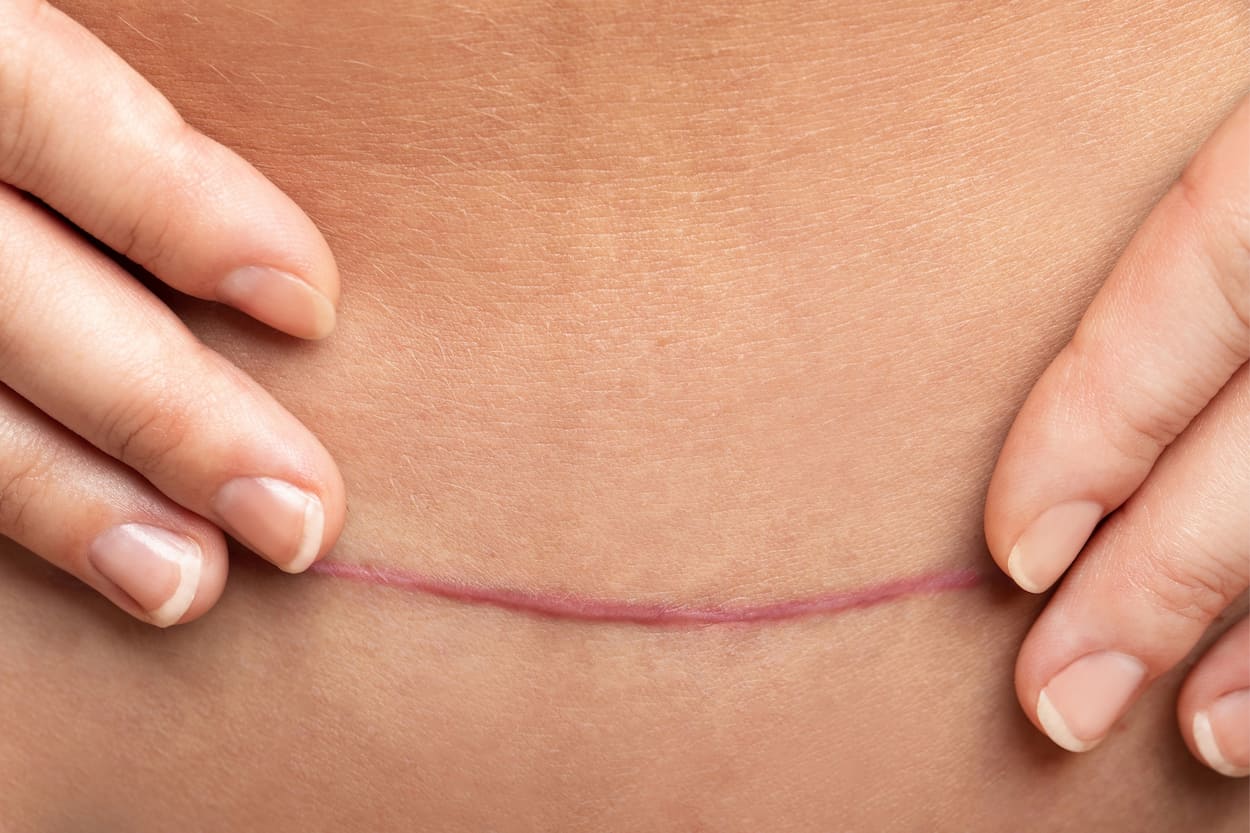
Sex Reassignment Surgery from Woman to Man
Beginning the transformative journey of sex reassignment surgery from woman to man is a profound step for any trans man. This type of gender reassignment is not just about altering physical attributes but is also about aligning one's body with one's true gender identity. In this comprehensive blog, we explain what FTM (female to male) surgery involves, including the creation of a transgender penis, and explore what trans men can expect before and after the procedure.
Can You Have Gender Reassignment Surgery from Female to Male?
Sex reassignment surgery from woman to man, often referred to as female to male bottom surgery, is a series of procedures that trans men undergo to transition physically. The journey is complex and requires a deep understanding of the surgical options available.
FTM Top Surgery: This surgery involves the removal of breast tissue to create a masculine chest. The most common techniques are the peri-areolar or keyhole method for smaller chests, and the double incision method for larger breasts.
Creating a Transgender Penis: For many trans men, constructing a transgender penis is a crucial aspect of sex reassignment surgery in Turkey. Techniques like phalloplasty use skin grafts from other parts of the body to form a trans penis that can achieve aesthetic and functional goals.
Hysterectomy and Oophorectomy: These procedures involve the removal of the uterus, cervix, ovaries, and fallopian tubes, marking significant steps in the female to male surgery process.
Urethroplasty: This is part of female to male bottom surgery, where the urethra is lengthened to allow trans men to urinate standing up.

What Should You Know About Preparing for Sex Reassignment Surgery from Woman to Man?
Preparation for sex reassignment surgery from woman to man encompasses several crucial steps to ensure the safety and success of the procedures. Initially, psychological counseling is essential, as it helps confirm that the trans man is fully prepared for the transformative changes and potential challenges following the surgery. This step is vital to ensure mental readiness and to address any concerns about transitioning.
Moreover, physical health evaluations are conducted to ensure that the candidate's body is capable of handling the surgical procedures safely. Comprehensive medical check-ups assess overall health and pinpoint any issues that might complicate surgery. Concurrently, Hormone Replacement Therapy (HRT) is administered, involving testosterone to develop male secondary sexual characteristics. This treatment is crucial as it prepares the body for further surgeries, such as phalloplasty, by ensuring that physical characteristics align more closely with the individual's gender identity.
Recovery and What to Expect from FTM Surgery
The recovery process from female to male surgery is extensive. Trans men can expect to spend time in the hospital post-surgery and will need several weeks to heal. During this time, pain management and wound care are crucial.
Post-Operative Care: Includes managing surgical drains, taking prescribed medications, and attending follow-up appointments to monitor healing.
Physical Adjustments: Adapting to the new body functions, including the capabilities and aesthetics of a transgender penis, requires patience and adjustment.
Support Systems: Having a strong support network during this time is vital for emotional and physical well-being.
After gender reassignment surgery, trans men often experience a significant improvement in gender dysphoria and an enhanced sense of self-identity. However, it's important to continue medical and psychological support to navigate life as a trans man. Issues such as the need for further surgeries, hormone adjustments, and personal relationships may arise.
Biological Capabilities of Trans Men Post-Surgery
A common set of questions many trans men and others may have regarding sex reassignment surgery from woman to man concerns the biological capabilities post-transition, such as "Can trans men have erections?", "Do trans men produce sperm?", and "Can trans men have children?". These questions are crucial in understanding the full scope of what gender reassignment entails and the biological implications of the procedures.
Can trans men have erections? Yes, trans men can have erections; however, it depends on the type of surgery performed. For those who undergo phalloplasty, a neopenis is created using tissue from other parts of the body like the forearm or thigh. This neopenis can achieve erections typically with the aid of an implanted device, as the erectile tissue necessary for spontaneous erections is not present.
Do trans men produce sperm? No, trans men do not produce sperm. Since trans men are assigned female at birth and do not have testes or the biological structures necessary to produce sperm, they cannot generate sperm themselves. This fact has implications for their reproductive capabilities.
Can trans men have children? Trans men can become parents through several methods, although they cannot biologically father children due to the lack of sperm production. Before undergoing surgeries such as Hysterectomy in Turkey or oophorectomy, some trans men choose to preserve their eggs for future use in assisted reproductive technologies like IVF (In Vitro Fertilization). Additionally, options such as adoption or using a surrogate are also available for trans men wishing to become parents.
These aspects are vital considerations for anyone contemplating or preparing for gender reassignment surgery, as they impact long-term life plans and personal goals related to family and parenthood.
Truest Self with Female to Male Bottom Surgery
Sex reassignment surgery from woman to man is a life-changing event for many trans men. With detailed planning, understanding the procedures involved, and preparing for the changes it brings, trans men can embark on this journey informed and confident. Witnessing transgender before and after transformations can be incredibly affirming and liberating. This blog aims to prepare you for the path ahead, ensuring that every step you take is a move toward living your truest self.



